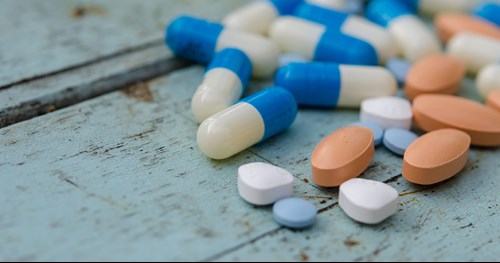The final rule, which includes updates for the first time in 20 years, will “dramatically” expand access to life-saving medications for opioid use disorder (OUD) as well as evidence-based treatment.

The U.S. Department of Health and Human Services (HHS) today published a final rule that updates its overdose prevention strategy and increases access to medications for OUD and allows certain grants to purchase xylazine test strips.
“Drug overdoses reach every corner of our society, taking lives and causing immeasurable pain to families and communities. That’s exactly why President Biden made it a key priority of his Unity Agenda. We have made important progress, but there is still a lot of work to do. But we have the tools, evidence-based strategies, and shared commitment across our nation to take on the overdose epidemic,” said HHS Secretary Xavier Becerra in an announcement. . “HHS is focused on the full range of solutions needed to address substance use. We will continue to use every lever available to tackle this and save lives. That includes a focus on prevention, as well as expanding treatment and engagement with those struggling with substance use disorder. The Biden-Harris Administration will not rest until we have beaten the overdose epidemic.”
The final rule will: :
- Permanently allow flexibilities implemented amid the COVID-19 pandemic to expand eligibility for patients to receive take-home doses of methadone, reducing transportation barriers for in-clinic appointments.
- Allow initiation of treatment via telehealth, including methadone and buprenorphine via audio-only technology.
- Expand provider eligibility, allowing nurses and physician assistants to order medications in opioid treatment programs, where state law allows.
- Removes strict treatment admission criteria that previously required patients to have a history of addiction for a full year prior to eligibility.
- Expand access to interim treatment to allow patients to initiate medication treatment while waiting for additional services.
- Prioritizes patient-centered models of care that are aligned with management approaches for other chronic conditions.
“This final rule represents a historic modernization of OTP [opioid treatment program] regulations to help connect more Americans with effective treatment for opioid use disorders,” said Miriam E. Delphin-Rittmon, Ph.D., the HHS assistant secretary for mental health and substance use, and the leader of SAMHSA, in the announcement. “While this rule change will help anyone needing treatment, it will be particularly impactful for those in rural areas or with low income for whom reliable transportation can be a challenge, if not impossible. In short, this update will help those most in need.”
The final rule will go into effect on April 2 and the compliance date is October 2.
